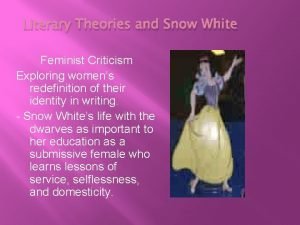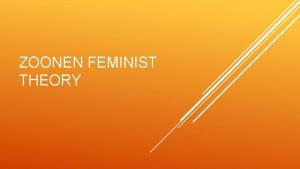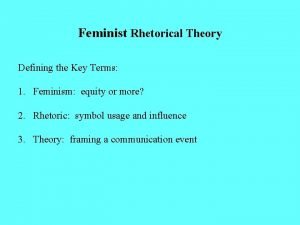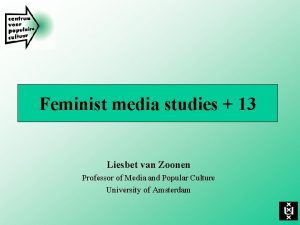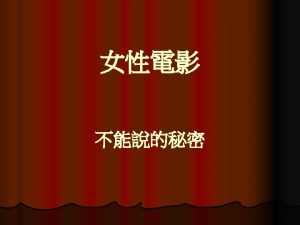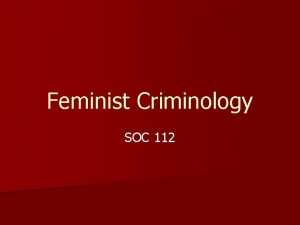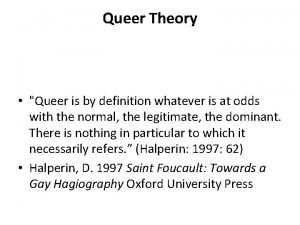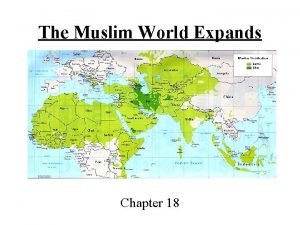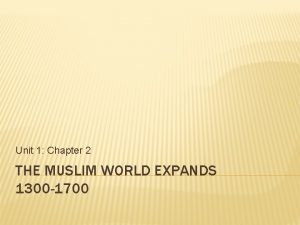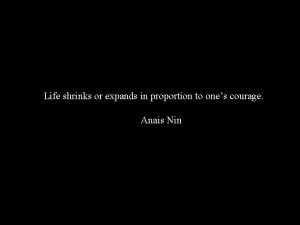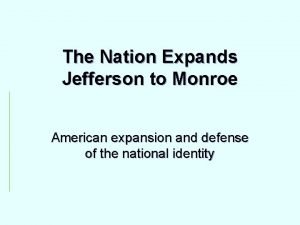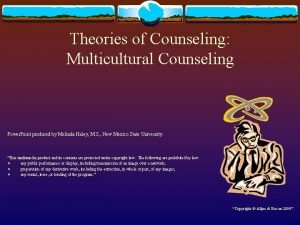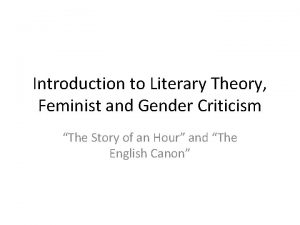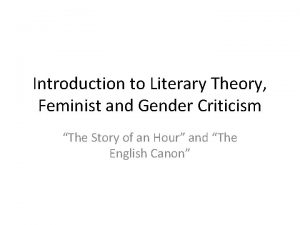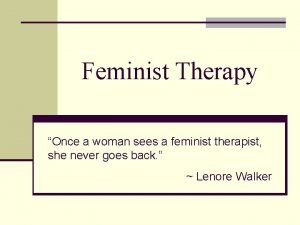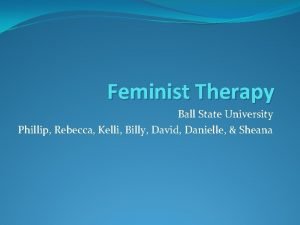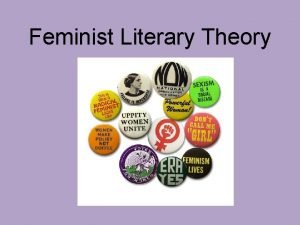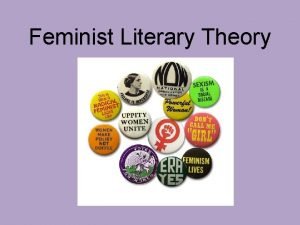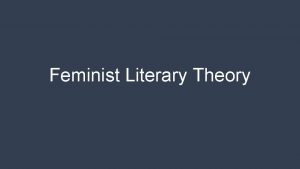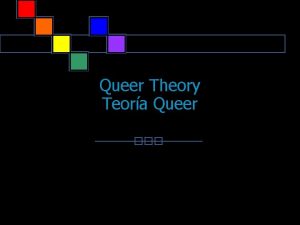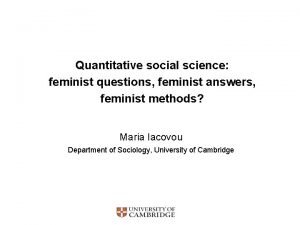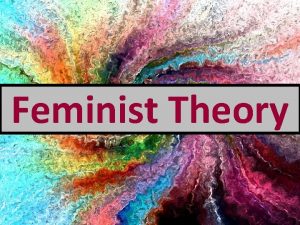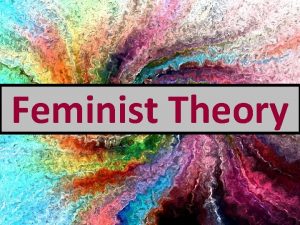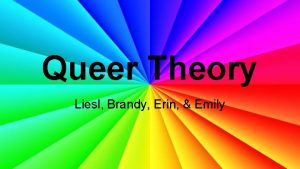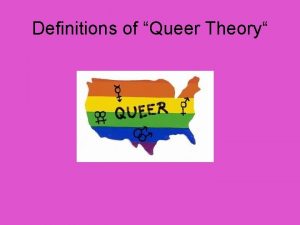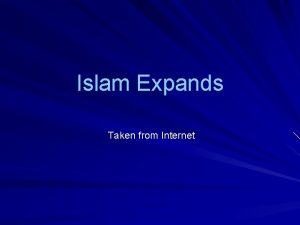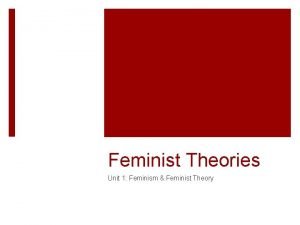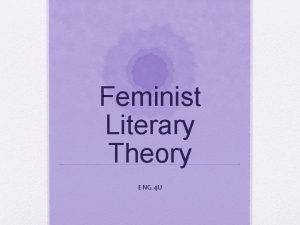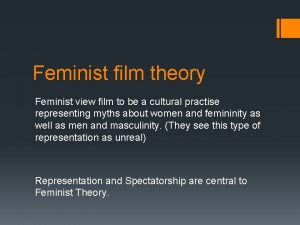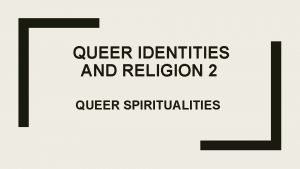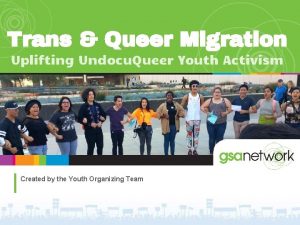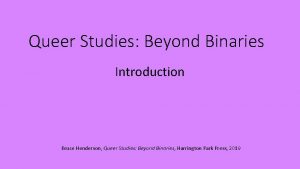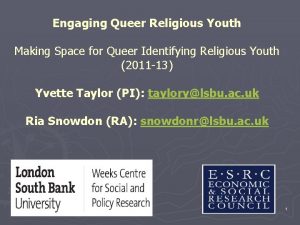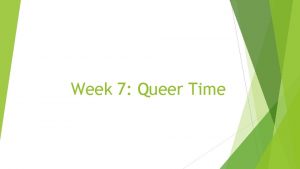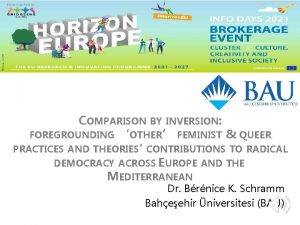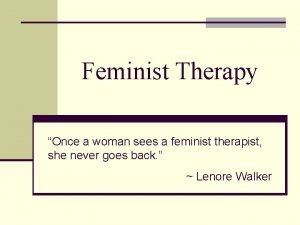WHY QUEER THEORY How Queer Theory expands feminist




























- Slides: 28

WHY QUEER THEORY How Queer Theory expands feminist conceptions of Freedom

THE PHOBIAS!! • Homophobia: An intolerance and discrimination against persons who are homosexual • Transphobia An intolerance and discrimination against persons who do not relate to gender in a way society and power structure dictates Bonus section: • Heterosexism A way of navigating the world to the exclusion of queer individuals which assumes being straight is the norm and everything else is not the norm. It also operates on boxes of identity – assuming queer looks a particular way


What is the LGBTQIA+? • L - Lesbian, a cis-woman attracted to other women • G – Gay, a cis-man attracted to other men • B – Bisexual, someone who is attracted to both men and women (contested) • T – Transgender, someone who identifies with a different gender to their biological sex • Q – Queer, an umbrella term for those who practice sex and gender differently to the performative norm. • I – Intersex, someone born with two or more biological sexes (around 3% of the human population is born intersex, as many as there are red headed persons) • A – Asexual, someone who has no sexual attraction to any persons



Gender as a spectrum • Queer theory is able to expand on feminist conceptions of freedom by complicating and deepening conceptions around gender and freedom. • By understanding the complexities of gender we are able to develop theories of freedom which are more inclusive and breaks the gender binary.

Gender Trouble • What is a cis-person? Person who identifies with the same gender as their biological sex assigned by medical professionals and institutions from birth. • ‘Cis’ means same. ‘Trans’ means across. • Where as cis refers to people whose gender is the same as their assigned biological sex, trans refers to people whose gender is different (or across) from their assigned biological sex. • BUT THEN WHAT IS GNC/GENDER NON-CONFORMING • Those whose gender expression does not conform to traditional gender identities or to the gender binary • WHAT ARE GENDER NON-BINARY PERSONS! • are persons who find no identity within binary gender boxes who exist outside the binary of traditional genders – not identifying as a man or woman. • There also other gender expressions such as agender – who are without gender BUT this is why queer theory asserts that gender is a spectrum and should never be assumed!


Breaking systems of cis-heteronormativity • Queer theory identifies patriarchy as a system of domination but expands this understanding by identifying cisheteronormativity as equally oppressive and systemic. • Queer theory believes these systems limit access to freedoms and that as long as there is a normative vision of sex and gender society will be organized in an oppressive way. • Queer theory challenges feminist perspectives of freedom to expand on gender roles and sexuality to create a new understanding which envisions a more inclusive world.

CONSTRUCTED GENDER • Gender is believed to be constructed. This is what gender theory attempts to excavate. • From birth society decides what gender someone is and what sexuality they might assume. • Society and institutions also create gender roles which decide how one performs gender and the ways in which power relates to that gender • Queer theory sees this normative behaviour/structures as oppressive. As oppressive as patriarchy and complicit to patriarchy. • In order for patriarchy to exist, normative gender structures must be created


Normative sexualities • The basis of homophobia is that persons to not practice ‘normative’ sexuality. • Gayle Rubin believes that this is due to society not being sex positive. • This is a belief that people are not free to perform sexuality in their own way.


Post-structural /ridding of the boxes/static categories • Existential freedom – a freedom to exist outside of the categories build by society and not understood by society. eg. Outside of a binary or identity.



‘Women’ as an organizing category • Perhaps the biggest contestation of feminist conceptions of freedom is the idea that it excludes queer identities and exclusively organizes around ‘women’ as understood in the gender binary identity. • Queer theory expands on feminist conceptions of organizing by imploring it to be more inclusive of not only those who identify as queer but also those whose bodies are outside of what is considered normative. • This is not unlike the lens offered to us by intersectionality – an inclusive way of organizing which considers that some experience intersections of oppression • This is a contested viewpoint however.



Feminism as exclusionary • Sara Ahmed notes, “The idealization of movement, or transformation of movement into a fetish, depends on the exclusion of other who are already positioned as not free in the same way. ” • This reflects on how the women’s movement through the centring and fetishizing of women excludes oppressions of gender/race and ability



3 ways queer theory expands feminist conceptions of freedom • It asks to break the gender binary • It seeks to disrupt systems of heteronormativity • It questions woman as an organizing strategy


• Today in some African countries – but also globally – anti-LGBT laws are being repealed. • These laws are seen as remnants of the colonial era. As colonial governments worked to exclude LGBT persons and criminalize LGBT lifestyles. • This is evident in contexts such as Botswana, Namibia and Uganda. • In historical studies – it has been revealed that in the native African past many genders existed and gender was dictated by a binary. • It is beneficial to the colonial, imperial and capitalist society to exclude queer persons and limit gender identity

But what is the legal framework today? • https: //en. wikipedia. org/wiki/Recognition_of_samesex_unions_in_Africa

 Why why why why
Why why why why Little snow white feminist criticism
Little snow white feminist criticism Van zoonens feminist theory
Van zoonens feminist theory Feminist rhetorical theories
Feminist rhetorical theories Liesbet van zoonen feminist theory
Liesbet van zoonen feminist theory Anneke smelik feminist film theory
Anneke smelik feminist film theory Feminist theory criminology
Feminist theory criminology Queer theory
Queer theory What is a critical lens
What is a critical lens Chapter 18 the muslim world expands
Chapter 18 the muslim world expands Air expands
Air expands Conduction
Conduction Water expands when heated
Water expands when heated Where was the mughal empire located
Where was the mughal empire located When air rapidly expands its temperature normally
When air rapidly expands its temperature normally The rights revolution expands
The rights revolution expands Life shrinks or expands in proportion to one's courage
Life shrinks or expands in proportion to one's courage The nation expands
The nation expands Detrusal
Detrusal Don't ask why why why
Don't ask why why why Multicultural counseling ppt
Multicultural counseling ppt Sociological criticism
Sociological criticism Feminist criticism of the story of an hour
Feminist criticism of the story of an hour Feminist criticism in the story of an hour
Feminist criticism in the story of an hour Feminist therapy
Feminist therapy Feminist therapy
Feminist therapy Feminist criticism
Feminist criticism Gender criticism in literature
Gender criticism in literature Feminist criticism questions
Feminist criticism questions

